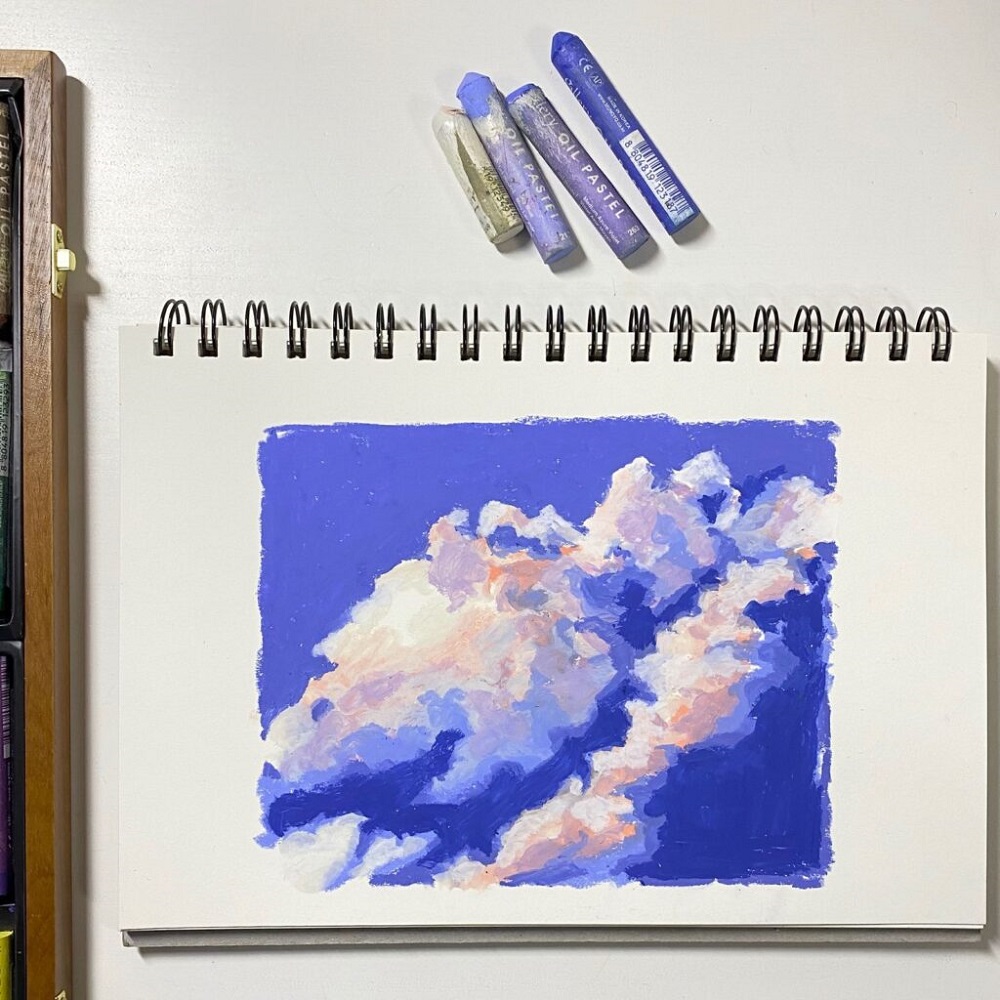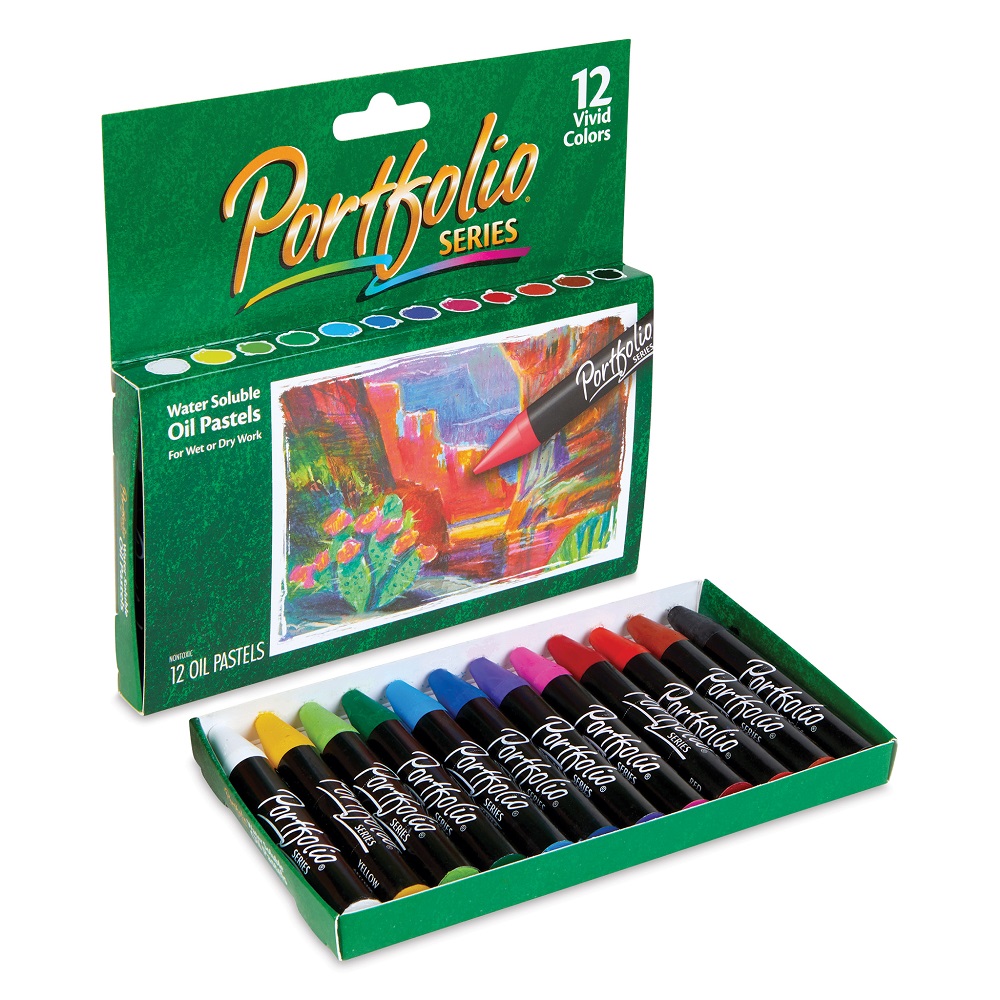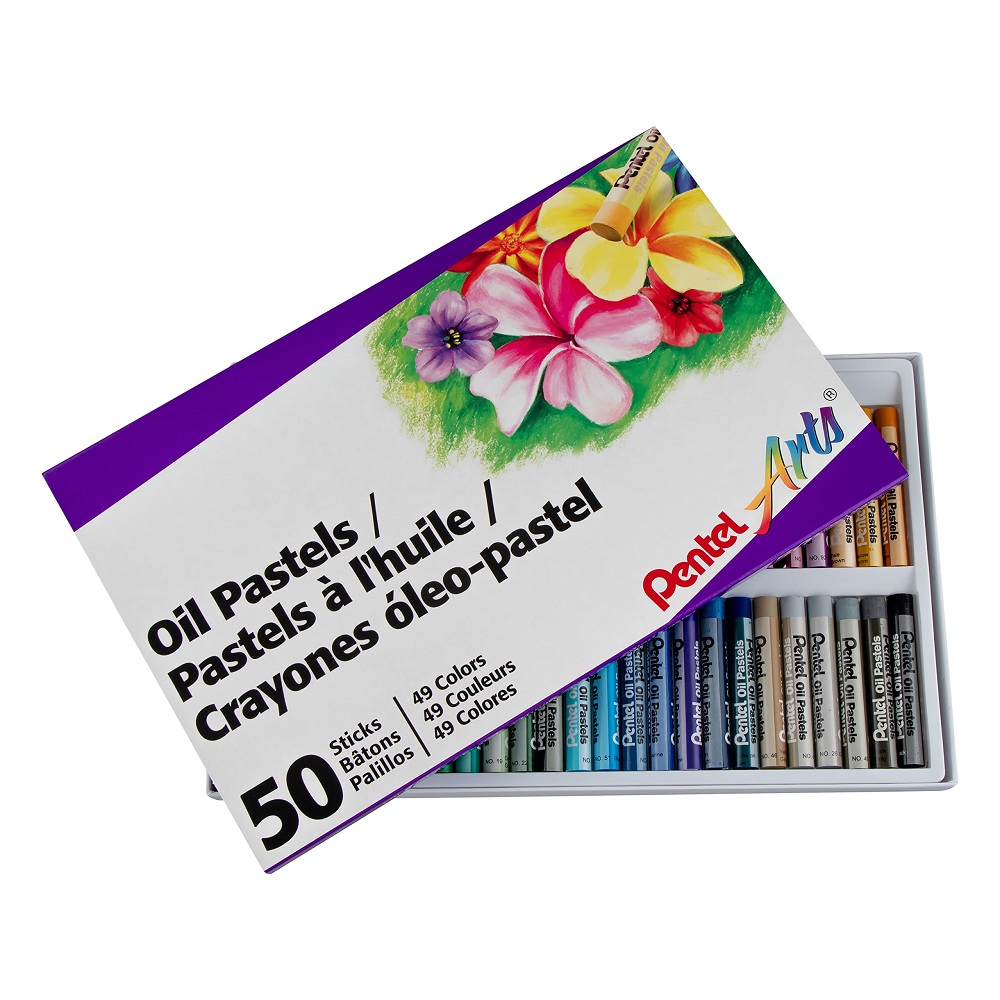Oil pastels have become increasingly popular among artists of all levels due to their vibrant colors and versatility. Whether you’re a beginner experimenting with art or a seasoned professional, understanding the drying properties and longevity of oil pastels is essential for your creative projects. Do Oil Pastels Dry? This article will explore various aspects of oil pastels, focusing on whether they dry, how to store them, and tips for ensuring they last.
Understanding Oil Pastels
What Are Oil Pastels?
Oil pastels are a unique medium that combines pigments with a waxy binder, resulting in a creamy consistency that allows for rich color application. Unlike traditional chalk pastels, oil pastels maintain a certain amount of oil, enabling them to blend easily and provide texture. This makes them ideal for various styles, from realistic paintings to abstract creations. Because of their formulation, artists often find that oil pastels can create both vibrant and subtle effects, making them a staple in many artists’ toolkits.
The Composition of Oil Pastels
The composition of oil pastels plays a crucial role in understanding their longevity. Most oil pastels contain pigments, a wax binder, and oils like paraffin or linseed. This combination contributes to their rich texture and vibrant colors. However, the presence of oil means that oil pastels can remain somewhat oily to the touch even after application, making it vital to know how they interact with light, air, and other artistic materials. Understanding these properties can help artists better navigate their creative processes and maintain their artwork.

Do Oil Pastels Dry?
The Drying Process Explained
One common question among artists is whether oil pastels dry completely and what that means for their artwork. Unlike acrylics or oils, oil pastels do not dry in the traditional sense. Instead, they remain workable for an extended period, allowing for blending and layering. However, this also means they can smudge easily if not handled correctly. While they don’t dry to a firm, non-tacky finish, oil pastels will eventually “set” over time, becoming less prone to smudging.
Factors Influencing Drying
Several factors influence how quickly oil pastels can set on a canvas or paper. The thickness of the application plays a significant role; thicker layers may take longer to set compared to thin applications. Similarly, environmental factors like humidity and temperature can affect the drying process. Heat can speed up the process, while cooler and more humid conditions may slow it down. Understanding these variables can help artists time their work for tasks such as blending or layering.
Longevity of Oil Pastels
How Long Do Oil Pastels Last?
Oil pastels themselves can last for years when stored properly. However, the longevity of the artwork created with them depends on several factors, including application, exposure to light, and environmental conditions. While the pastels can remain vibrant for a long time, the artwork may fade or deteriorate if not cared for properly. Proper storage conditions and protective measures can prolong the life of both the pastels and the artworks created with them.
Signs of Deterioration
Artists should also be aware of the signs that their oil pastels or finished work might be deteriorating. Some common indicators include fading colors, a buildup of dust or grime, and surface cracking. It’s essential to inspect both the pastels and your artwork regularly, ensuring that your materials remain in good condition. Understanding these signs will help you intervene before significant deterioration occurs.

Proper Storage Techniques
Storing Oil Pastels
To maximize the longevity of oil pastels, it’s vital to store them correctly. Keep oil pastels in a cool, dry place away from direct sunlight. The heat and light can cause the pastels to become overly soft or even melt, leading to a mess in your art supplies. Consider using a sturdy case or container that preserves their shape and shields them from external damage. A simple, organized storage solution can prevent breakage and ensure that your oil pastels remain in prime condition for your next creative project.
Caring for Completed Artwork
When it comes to your finished oil pastel artworks, the same principles of good storage apply. Always display or store pieces away from direct sunlight, which can cause fading over time. Consider using glass or acrylic frames that provide UV protection to help preserve the colors. Additionally, not all papers are created equal—choosing acid-free and archival quality paper will extend the life of your artwork even further. Proper care and thoughtful display can enhance the longevity of your creations.
Fixatives and Protection
Using Fixatives
For artists concerned about the longevity of their oil pastel artwork, using a fixative can be an excellent option. Fixatives are sprays that help secure the pigment to the surface and reduce the chance of smudging. However, not all fixatives are suitable for oil pastels; some can cause the colors to run or muddy. It’s crucial to choose a fixative specifically designed for oil pastels. Test a small area first to ensure compatibility before applying it to the entire piece.
Alternatives to Fixatives
If you prefer not to use fixatives, consider other protective measures. One effective alternative is placing a sheet of glassine paper between artworks to prevent contact. Glassine is a smooth, thin, and acid-free paper that won’t stick to your oil pastels and won’t introduce any additional moisture, which can lead to smudging or degradation. Proper protection during storage or display will help maintain both the integrity and vibrancy of your artwork for years to come.

Compatibility with Other Mediums
Blending with Other Art Supplies
Oil pastels can be blended effectively with other art supplies, such as colored pencils, charcoal, or even watercolors. Artists often enjoy the freedom to explore mixed media techniques, taking advantage of the unique properties that each medium offers. Blending oil pastels with colored pencils can enhance detail and texture, while using them alongside charcoal can create dramatic contrasts. However, remember that the oil in pastels may make it challenging to layer certain mediums over them without altering the underlying work.
Layering Techniques
When incorporating other mediums, there are various techniques that artists can use. For example, applying a thin layer of watercolors over oil pastels can produce a soft, dreamy effect. However, you may want to set your pastels first—allowing time for them to become less tacky—before layering watercolors. Experimenting with various combinations can lead to exciting outcomes, enriching your artwork’s depth and dimension.
Embracing the Versatility of Oil Pastels
The Creative Potential
In conclusion, oil pastels offer a unique and versatile medium that doesn’t dry in the traditional sense but provides endless opportunities for creativity. Understanding the characteristics, longevity, and care of oil pastels allows artists to make informed decisions about their use and storage. While they may not offer a quick drying solution like other mediums, their rich texture and vibrant colors can produce stunning results when handled properly.
Constant Exploration
As you explore the world of oil pastels, remember that experimentation is key. This medium encourages you to play, blend, and mix techniques to achieve the desired effects in your artwork. While they offer unique challenges in terms of drying and longevity, developing a deeper understanding of oil pastels enhances not just the quality of your work but also your enjoyment of the artistic process. Embrace the nuances of this medium, and your creativity will flourish. Whether you are a beginner discovering new possibilities or an experienced artist pushing the boundaries, oil pastels can open a world of artistic expression that is both exciting and rewarding.